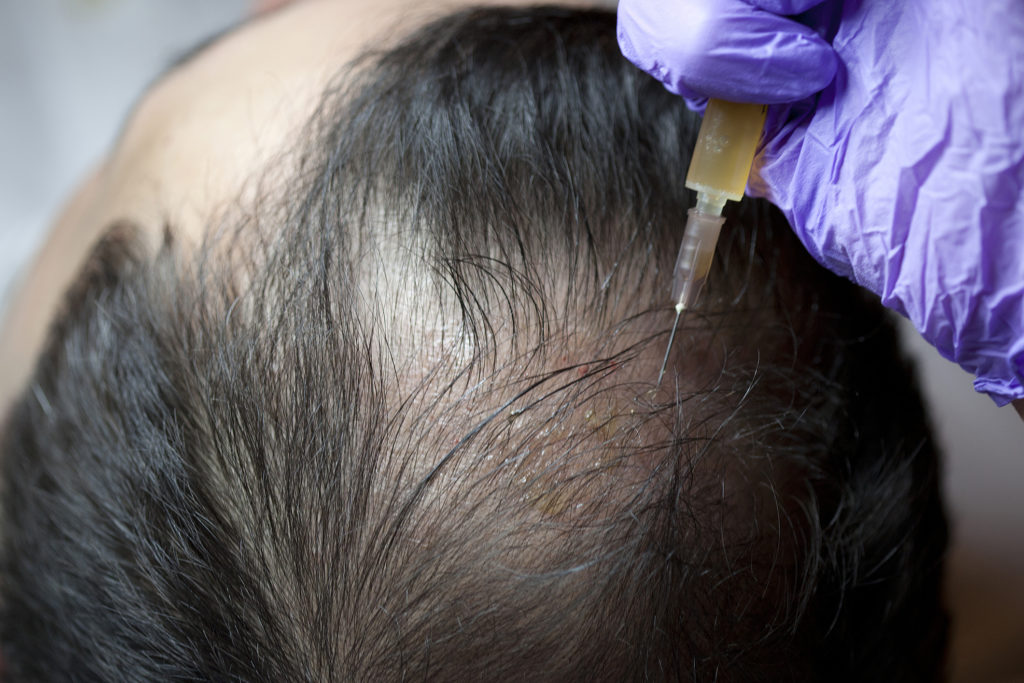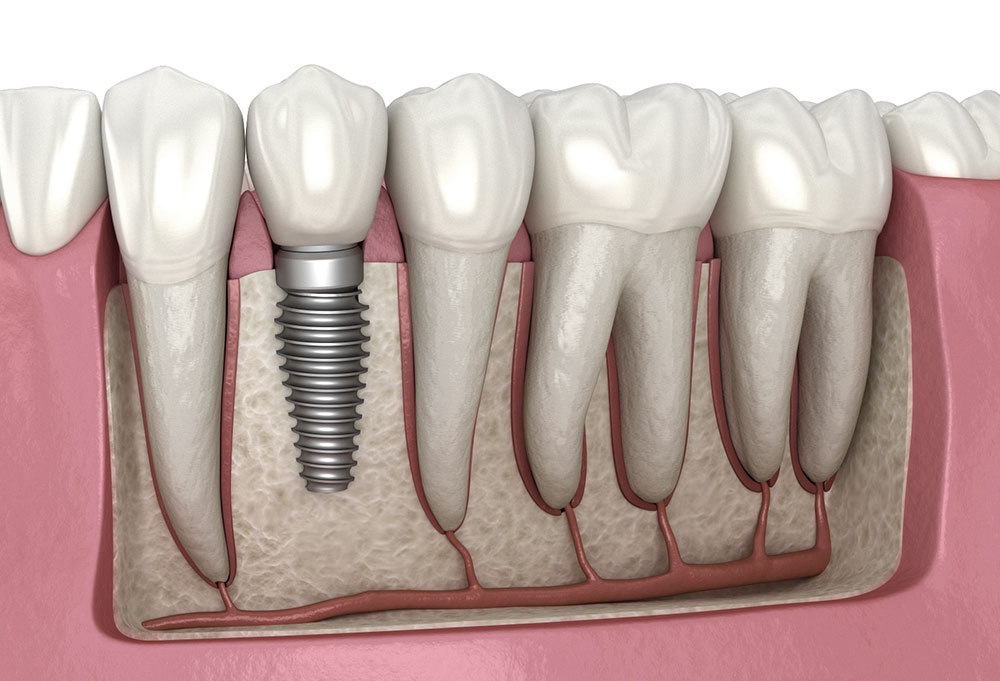Hair loss is a common problem affecting both men and women. It occurs mostly as you age and can develop earlier due to certain factors such as genetic predisposition, illnesses, etc. Fortunately, you can reduce the effects of your hair loss through various hair restorative options. These restorative treatments often vary and include both surgical and non-surgical treatments. To mitigate your hair loss issues, Dr. Martin Maag Lakewood Ranch is a sure bet to determine which treatment might work best for you. It is important to consult your cosmetologist before any restorative hair treatment to know what to expect during and after the procedure. Consider the following steps before receiving your restorative hair treatment.
- Identify Your Specific Problem
The first step to take before your restorative hair treatment is identifying your type of hair loss problem. People struggle with hair loss issues depending on their gender and age. There are many types of hair loss, such as alopecia, telogen and anagen effluvium, tinea capitis, and many more.
Knowing your type of hair loss can help you make informed decisions and can help you make realistic expectations before your treatment. Therefore, it is important to know your type of hair loss before considering a restorative hair treatment.
- Discover the Cause of Your Hair Loss
Hair loss can occur due to various factors such as age, diet, genetics, stress, medications, hormonal changes, hairstyling, and medical treatments. It is important to know what is causing your type of hair loss to determine the best hair restorative treatment method for you.
While this may not be self-explanatory, you may consult your doctor to identify different hair loss patterns on your scalp. Once you have discovered the cause of your hair loss, talk to your doctor about an early treatment to avoid severe or permanent baldness.
- Decide on a Restorative Hair Method
When choosing a restorative hair method, consider the cost, effectiveness, extent of your hair loss, amount of healthy hair, age, and the cause. Consider surgical hair restorative treatments if you want more natural-looking and long-lasting results. However, you should be at least 25 years or older to be eligible for this treatment. It is important to note that restorative hair methods provide permanent results. Therefore, it is always best to consult your doctor on which treatment might suit you.
- Choose a Good and Experienced Doctor for Treatment
Choosing a good doctor for your treatment is the most important step before considering restorative hair therapy. Choosing a competent and experienced doctor for more effective and long-lasting results is always best.
While it may be challenging to know your doctor’s experience, consider the number of successful operations they have performed on different patients with hair loss problems. Afterward, do not forget to ask about their training and certifications.
- Make an Appointment for Your Procedure
Once you have chosen a doctor with an excellent reputation and experience restoring hair growth, make an appointment. Seeking treatment earlier is always best, as it can significantly reduce the extent of your hair loss. It can also help prevent irreversible hair loss symptoms and patterns.
Since restorative hair procedures are quite expensive, ensure your finances are in order before making your appointment. It is important to note that most insurance companies do not cover hair loss treatments since they are considered cosmetic procedures. However, if a medical condition causes your hair loss problem, then the cost of your treatment may be covered by insurance.
Hair loss is a common issue affecting most people. However, it is normal to feel self-conscious about losing your hair. If this happens, you can try conservative hair loss treatments such as natural home remedies, over-the-counter medications, or in-office treatments. If they become ineffective, consider more advanced hair restorative procedures.
Even though hair loss is not unusual, consult your doctor immediately if you notice large chunks of hair falling out from your scalp, eyebrows, or eyelashes. These symptoms may signify a serious underlying health condition.




